INTRODUCTION
Recently, TYPO3 released its latest version, TYPO3 v12, packed with new features and better performance. Many are excited to update their websites to this new version.
Upgrading your TYPO3 website is vital to keep it secure, efficient, and up-to-date with the latest features. But it’s not something to rush into. Without careful planning and precautions, an upgrade can cause unexpected problems and downtime. In this article, we’ll look at the best ways to upgrade your TYPO3 website safely.
Facts & Figures
Believe it or not, most TYPO3 websites haven’t switched to the newest version, TYPO3 v12, yet. So, if you own a TYPO3 website and want to upgrade to TYPO3 v12, you’re in the right spot. Stay with us for more details.
Why Upgrade Your TYPO3 Website?
- Security: Older TYPO3 versions may have vulnerabilities that hackers can exploit. Upgrading ensures you have the latest security patches.
- Performance: Newer versions often come with performance improvements, ensuring your website runs smoothly and efficiently.
- Features: TYPO3 regularly introduces new features and enhancements. Upgrading allows you to take advantage of these improvements.
- Compatibility: As technology evolves, so do browser standards and server software. Upgrading TYPO3 ensures compatibility with these changes.
Update Vs Relaunch
- Content Quality: Evaluate the quality and relevance of your current website’s content. If the content is still valuable and accurate, it may make sense to update rather than relaunch.
- Design and User Experience: Consider the overall design and user experience of your website. If the design is outdated or if users are complaining about navigation issues, a relaunch might be necessary.
- Outdated Technology: If your website relies on outdated technologies that are no longer supported or secure, a relaunch might be the only viable option.
- Website Speed: Check the loading speed of your website. Slow-loading pages can result in high bounce rates. If performance is a problem, a relaunch might be needed to optimize it.
- Mobile Responsiveness: Ensure that your website is mobile-responsive. With the increasing use of mobile devices, having a responsive design is crucial. If your current site isn’t mobile-friendly, a relaunch is often the best solution.
- Budget: Consider your budget for the project. A relaunch often requires more resources and investment than updating an existing website.
- Urgency: Evaluate the urgency of the changes. If there’s an immediate need to address critical issues, you might opt for updates before planning a relaunch.
- Business Objectives: Align your decision with your current business objectives. If your business is going through a major shift in strategy or branding, a relaunch may be necessary to reflect these changes.
- Long-term vs. Short-term: Consider whether your decision is based on short-term goals (e.g., fixing minor issues) or long-term objectives (e.g., rebranding for the next decade).
Now, let’s move on to the best practices and precautions for a successful TYPO3 website upgrade.
Prerequisites Before Upgrade
Before you begin upgrading your TYPO3 website, it’s important to gather the necessary information and ask yourself some questions to ensure the best outcome and a smoother process. Take a look at the following points.
Feature & Function Analysis
- Compatibility Check: Determine whether the existing features and functions are compatible with the target TYPO3 version you plan to upgrade to.
- Extension Dependencies: If certain features rely on extensions, ensure that these extensions are compatible with the new TYPO3 version.
- Deprecated Features: Check whether any features or functions you currently use are deprecated or removed in the new TYPO3 version.
Technical Analysis
A skilled technical person or a TYPO3 developer should carefully examine the current site’s structure to decide if upgrading to the latest TYPO3 version is possible and practical.
- Unused Extensions: Identify extensions that are no longer necessary for various reasons such as:
- The extension is disabled and not actively used on the site.
- TYPO3 already provides built-in features that duplicate the extension’s functionality.
- The extension has become obsolete and serves no purpose on the site.
- Compatible Extensions: Highlight extensions that are compatible with your targeted TYPO3 version.
- Non-Compatible Extensions: List extensions that are not compatible with your targeted TYPO3 version. For each non-compatible extension, consider the following:
- Check if there are existing solutions or updates available to make these extensions compatible.
- Determine if it’s possible to make the extension compatible with reasonable effort.If not, explore if there are alternative extensions available that can replace the existing features.
- Assess whether it’s necessary to develop a completely new custom extension to maintain the existing functionality.
Evaluating these questions will help you estimate the required time and effort for the extension-related aspects of your TYPO3 upgrade
- Code Review: Conduct a thorough code review of the extensions
- TYPO3 Core Compatibility: Ensure that the extension’s codebase is compatible with the new TYPO3 core.
- PHP Compatibility: Verify that the extension’s code is compatible with the PHP version required by the new TYPO3 version.
- Database Compatibility: Check if the extension interacts with the database in a way that is compatible with the new TYPO3 version.
- Extension Dependencies: Identify if your custom extensions have dependencies on other extensions. Ensure that these dependencies are also compatible with the target TYPO3 version.
- Deprecated Features: Determine if your custom extensions rely on features or functions that have been deprecated or removed in the new TYPO3 version. These features may need to be replaced or updated.
Evaluate Custom Code and Templates
If you’ve customized your TYPO3 installation with custom code or templates, review them to ensure they’re compatible with the new TYPO3 version. You may need to make adjustments.
- Changing the basic structure of your site.
- Updating custom code and the way your website looks.
- Check if the extensions you use are compatible with the new PHP version.
List out Dependencies
Make a list of all the things your website depends on, the possible problems you might encounter, and any threats you can think of. Try to find solutions or answers to these issues. Then, decide if it’s possible to achieve all the features and functions you need through the upgrade process.
- TYPO3 Upgrade Process
- Templating Changes
- Changes to Basic TYPO3 Structure
- Updating Compatible TER Extensions
- Updating or Replacing Incompatible TER Extensions
- Custom Extension Compatibility
- PHP Latest Version Compatibility
- Data Migration (if needed)
- Thorough Testing of the Entire Website
- SEO Improvements
- Speed and Performance Enhancements
- Migration and Setup on the Staging Server
Budget Estimation
Based on the technical analysis, feasibility assessment, and time estimation we’ve gathered, you can now determine the total budget required for your TYPO3 website project. The actual budget can vary depending on the technical agency you choose to work with. Different agencies have different pricing structures based on factors like their region, expertise, and organizational setup.
Allocate Sufficient Time
Upgrading TYPO3 can be a time-consuming process, especially if you have a complex site. Ensure that you allocate enough time for planning, testing, and executing the upgrade without rushing.
During Upgrade
Assuming you’ve completed all the necessary analysis and decided to proceed with a TYPO3 upgrade instead of a relaunch, here are some essential tips to ensure a smooth and successful upgrade process for the best possible outcome.
- Backup Your Website: Before you start, make a complete backup of your current TYPO3 website. This includes all files, databases, and settings. This backup is your safety net if anything goes wrong during the upgrade.
- Adapt to the Latest Structure: As mentioned earlier, update the basic setup to meet current standards. For example, consider moving from a non-composer-based installation to a composer-based one.
- Handling Custom Code and Templates for the Latest TYPO3 Version: When working with older sites, you might encounter challenges but don’t worry. Stay calm and use your debugging skills. Focus on finding solutions and seek community support for major hurdles.
- Update Content and Data: Ensure that you update your site’s content and data during the upgrade process. It’s vital not to lose any data. Every piece of data is important.
- Clear Error Logs: Regularly check TYPO3’s error logs during the upgrade process. Resolve and clear all warnings and errors to achieve the best final result.
- Speed and Performance Checklist: After completing the upgrade, don’t forget to address speed and performance issues. Implement all necessary optimizations to ensure a fast and smooth experience for your website visitors.
- SEO Checklist: Upgrades can sometimes impact SEO. You must follow essential SEO steps, such as migrating extension-based “real_urls” content to TYPO3’s default speaking URLs. Maintain old URLs or set up proper redirects. Managing old redirects may be challenging, but it’s crucial for maintaining overall SEO performance.
- Test in a Staging Environment: Never upgrade directly on your live website. Create a staging environment that replicates your live site and perform the upgrade there. This allows you to test the process, and identify and fix issues, ensuring your live site remains unaffected.
Post Upgrade
After completing the TYPO3 upgrade process, there are several important steps and considerations to ensure a smooth transition and successful post-upgrade operation.
By following these steps and maintaining a proactive approach, you can ensure that your TYPO3 website operates smoothly and effectively after the upgrade, delivering a positive user experience and meeting your business goals.
- Communication Plan: If your website has users or customers, communicate with them in advance about the upcoming upgrade. Inform them of any potential downtime and what to expect.
- 1:1 Testing: After the upgrade, thoroughly test your website in the staging environment to identify and address any post-upgrade issues. This includes checking for broken links, missing content, or performance problems.
- Go Live Planning
- Plan the actual moment of going live with the upgraded website.
- Choose a time when website traffic is typically low to minimize the impact of any potential issues.
- Ensure all necessary resources are available, and team members are ready to respond quickly if any problems arise.
- Backup and Rollback Plan: Have a backup of the upgraded website and a clear rollback plan in case you encounter critical issues after going live. This is your safety net.
- User Training: If there are significant changes in the user interface or functionality, consider providing training or documentation to help users adapt to the new system.
- Bug Tracking and Resolution: Establish a system for tracking and addressing any post-upgrade bugs or issues reported by users.
Post Deployment
Once your upgraded website is deployed to the production server, it’s important to continue following some key steps to ensure a trouble-free operation for your real business These ongoing practices will help you ensure that your website continues to run smoothly and safely, without unexpected issues affecting your business.
- Performance Testing & Monitoring: Regularly check how your website performs and fix any issues that could slow it down or affect its functionality.
- Regular TYPO3 Security Updates: Keep your TYPO3 software up to date with the latest security patches. This not only includes bug fixes but also essential security improvements.
- User Feedback: Ask your users to share their thoughts on the upgraded website. If they report any problems, address them promptly.
- Regular Backups: Maintain a routine schedule for making backups of your website’s data and settings. This is important for data security.
IMPORTANT: Data Migration
During a TYPO3 upgrade, there can be changes in how data is stored or used. This might mean moving old data to fit the new way things work. Here’s what you should do.
- Find the Changes: First, figure out what’s different. Understand how the database or content elements have changed from the old TYPO3 version to the new one.
- Make a Plan: Once you know what’s different, create a plan. This plan should cover how to update all the relevant parts of your website, like content elements and pages.
- Keep Data Safe: While making these changes, always make sure your data stays safe and available for the entire website.
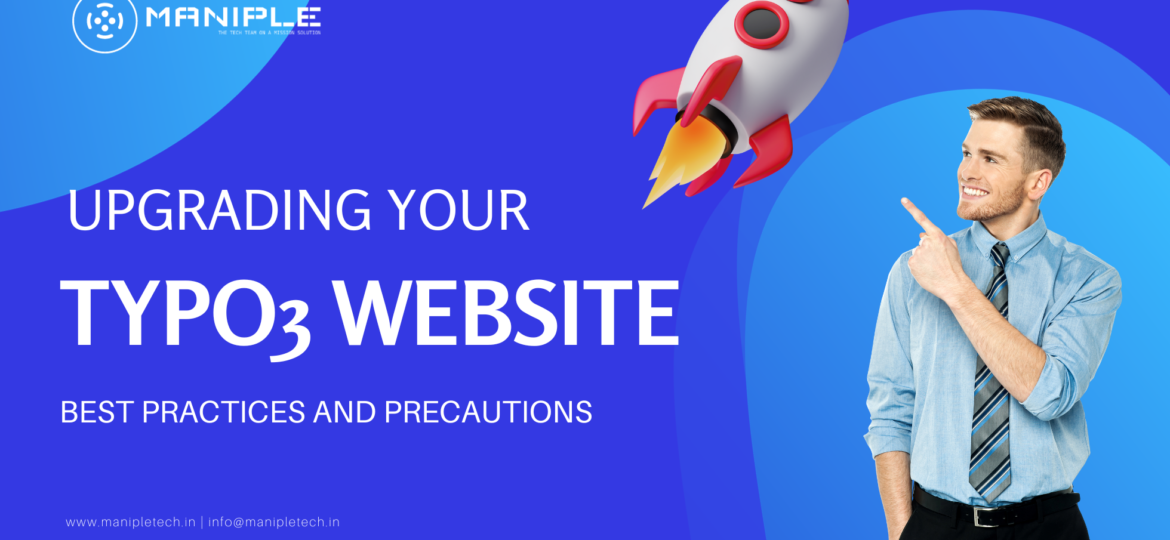
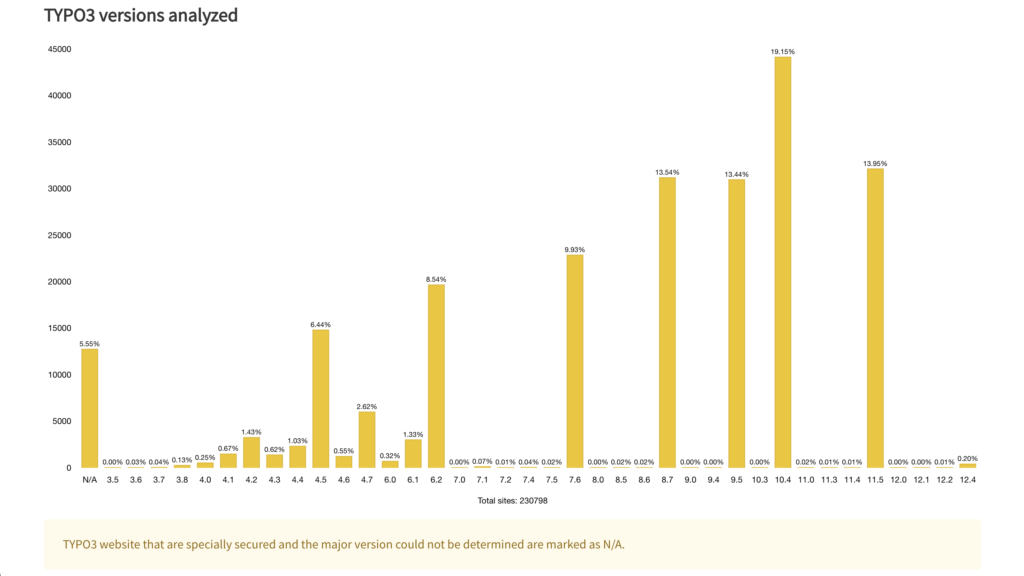

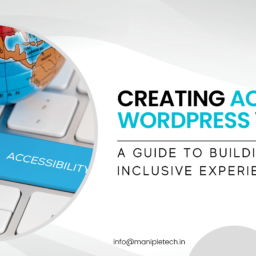





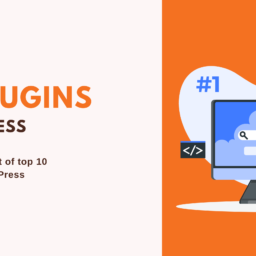
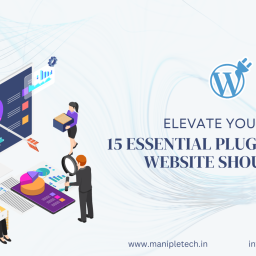




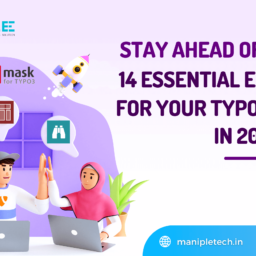

I do believe all the ideas youve presented for your post They are really convincing and will certainly work Nonetheless the posts are too short for novices May just you please lengthen them a little from subsequent time Thanks for the post
What i do not realize is in fact how you are no longer actually much more wellfavored than you might be right now Youre very intelligent You recognize thus considerably in relation to this topic made me in my view believe it from numerous numerous angles Its like men and women are not fascinated until it is one thing to do with Lady gaga Your own stuffs excellent All the time handle it up